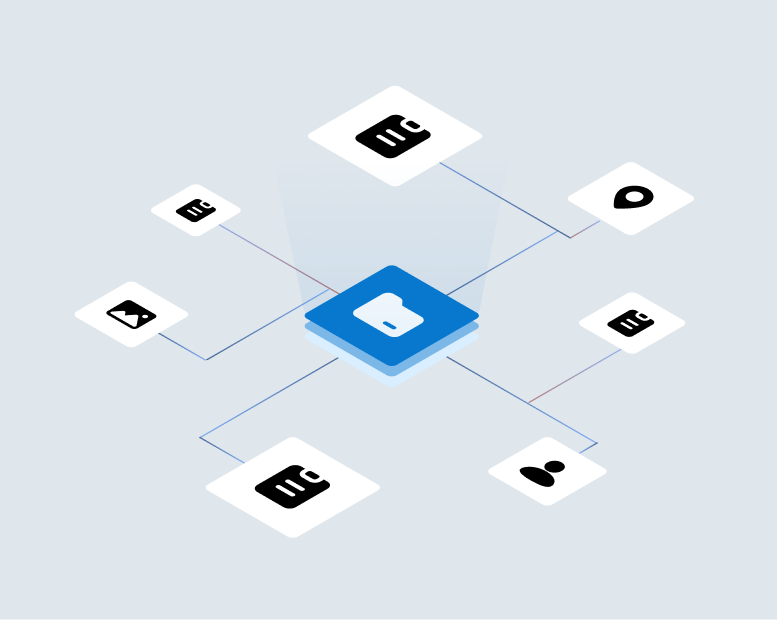As we previously highlighted in our article, Hippo Bet on the Wrong Innovation, Hippo’s woes can be traced back to a fundamental misconception that insurance policies could be treated like any other consumer product. In their pursuit of operational efficiency and cost reduction, they grossly underestimated the complexity and risk variability inherent in insurance risk. The consequence of not understanding this has been substantial underwriting losses and management flailing to claw back losses through staff cuts and rate increases.
So where does the risk lie? In personal auto risk the asset is relatively standard and well understood. What drives risk variability how the customer uses the asset. In Homeowners the assets being underwritten are far less understood. There is a certain amount of understanding based upon the externals of the property but so much of what causes insurance companies heartburn is the lack of understanding of what’s inside. This includes hidden risks such as leaky plumbing and expensive assets like collectibles or jewelry. Indeed, carriers typically have no idea what’s inside the four walls of the house. This can lead to significant excess losses as these hidden risks emerge.
One key to better results: Enlisting customers to document their assets up front.
Carriers need to develop user deployed asset/risk documentation and validation tools that carriers can use to document and validate risks that only the homeowner or renter has access to. Our idFetchTM user risk and document documentation solution does this: based upon a signal during the application process or a manual command from an underwriter, an applet is sent to a customer’s phone. The applet takes the customer through a brief structured interview process that populates a list of images and document scans that the customer is asked to capture. The process usually takes no more than 15 minutes to complete and yields a treasure trove of information about the risk including identifying new risks that riders can be written on and highlighting home maintenance issues that increase risk. The result is a better underwriting result – avoiding bad risks and getting a more precise quote for good ones.
Benefits for Claims
The existence of images of the property’s interiors and its assets also makes the claims adjuster’s job simpler and more precise: at the time of a claim every image taken at underwriting can be replicated at claim by the customer or adjuster using the same idFetch technology. Then the prior image can be compared to the post casualty image to determine the level of damage. This is particularly important during catastrophic events where carriers find it difficult to reach affected policyholders in a timely manner – the existent of pre casualty documentation lets them adjust remotely and sort between simple claims and the more complex ones that will require a visit.
But Claims can Reciprocate! idFetchTM makes underwriting more certain and complete and simplifies and speeds claim adjusting after casualty events, but it also delivers and additional benefit back to underwriting: being on site means that adjustors sometimes see new risks that were not visible to underwriters. idFetchTM gives adjusters a simple, systematic way of taking images and flagging these emergent risks that is appended to the same file that both the original underwriting documentation and claim adjusting documentation are in. The result is a greater level of collaboration between underwriting and claims leading to a better understanding of the risk and the avoidance of costly errors.
Information is King!
Without a doubt the more information on a risk that underwriters and claims adjuster have, the better job they can do for both the policy holder and the carrier. And the key to doing that in Homeowners is a seamless, customer enabled asset image and document capture process.


